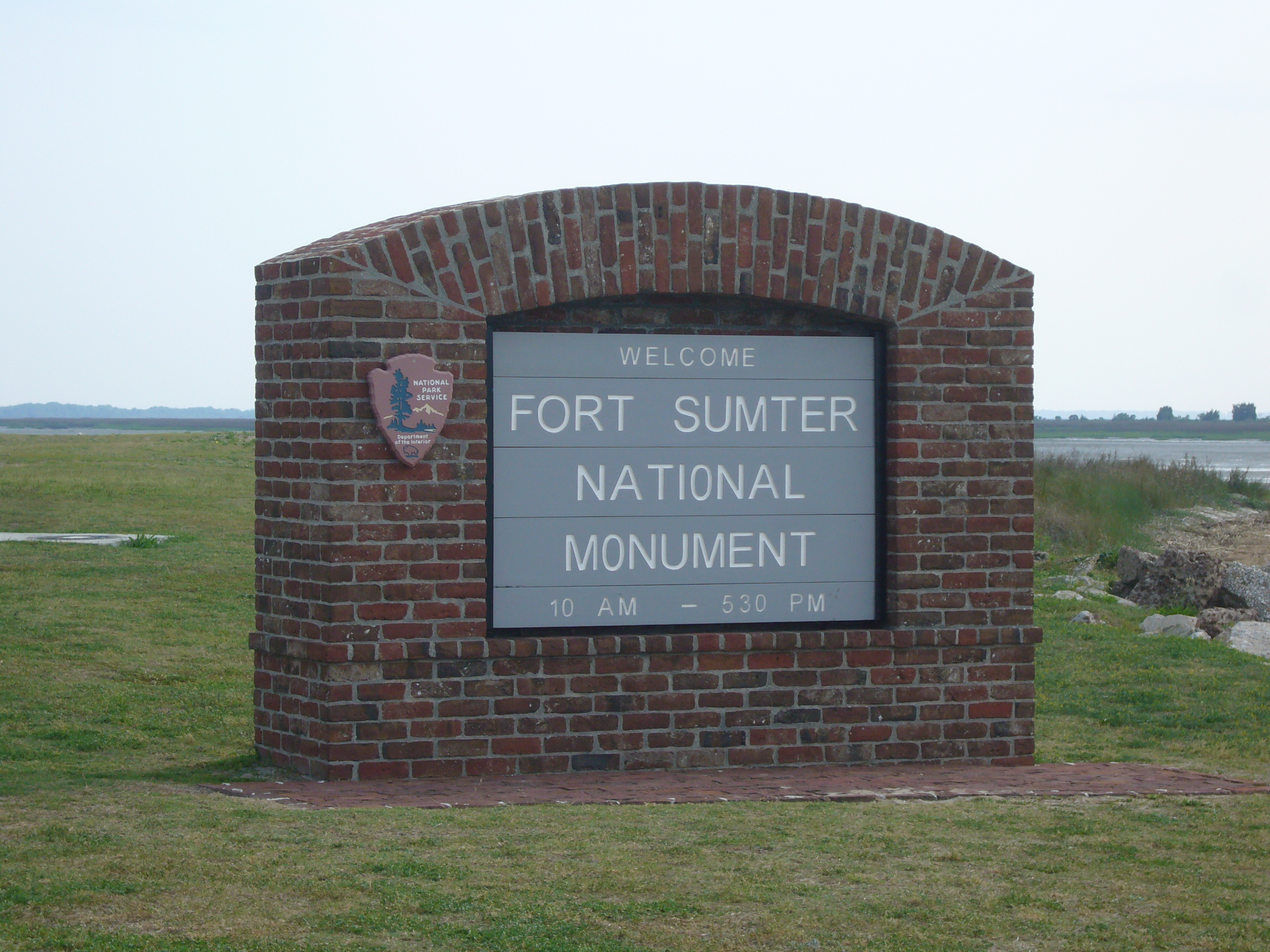Mysteries and Marshlands: Unraveling Jean Lafitte National Historical Park and Preserve
Planning a visit? Check out the Jean Lafitte National Historical Park and Preserve page for visitor info, directions, and what to do when you get there.

Introduction
Just outside the bustle of New Orleans lies a sanctuary where whispers of the past mingle with the rustle of the marshes - Jean Lafitte National Historical Park and Preserve. Named after the notorious buccaneer who gambled destiny to aid America during the War of 1812, this park sprawls across six distinct sites. It promises a medley of experiences from nature trails winding through dense bayous to historical landmarks recounting tales older than time itself.
Historical/Cultural/Geological Background
Jean Lafitte’s legacy can be traced back to a tumultuous period when smugglers were heroes and pirates much more than just maritime villains. The Pirate-turned-patriot Lafitte, alongside his brother Pierre played a significant role in Andrew Jackson’s victory in The Battle of New Orleans. A trip down this memory lane at Chalmette Battlefield marks this crucial turning point in American History.
Culturally, the park embodies its Creole heart across its visitor centers like Acadian Cultural Center (Lafayette), Prairie Acadian Cultural Center (Eunice), and Wetlands Acadian Cultural Center (Thibodaux). They serve as portals into Acadiana’s Cajun culture, offering glimpses into their traditional music, craftwork, cookery and unique language.
Rearing up from Louisiana’s swamplands are myriad geological features – from the hardwood forests of Barataria Preserve to the bayous crisscrossing Mississippi River Delta. The land tells a story of shorebirds, alligators, and swamp critters dwelling amidst this complex water-work of marshes and swamps.
Activities Guide
Jean Lafitte offers activities as diverse as its terrain. Hike through one of the many trails at Barataria Preserve with chance encounters at every bend - maybe an armadillo rustling the undergrowth, or a gator basking lazily. Birdwatchers can spot Prothonotary Warblers or Roseate Spoonbills in their myriad colors.
Join a ranger-guided tour around Chalmette Battlefield and learn about those fateful 25 minutes that changed America’s fate during the war. Immerse yourself in live demonstrations of Cajun music jam sessions at Prairie Acadian Cultural Center or take a cooking class mastering Gumbo soups at Wetlands Acadian Cultural Center.
Visitor Information
The six sites spread across southern Louisiana are open year-round except for federal holidays. Entrance is free, with specific tariffs for special programs or boat tours. Please check the official park website for up-to-date information on closures due to weather or restoration works.
Tips for Different Visitors
For families visiting, remember that bayou country can be rugged and wild – appropriate footwear and insect repellent are must-haves. Nature lovers should prioritize early morning visits for bird-watching while history buffs may opt for National Parks Service (NPS) guided tours to delve into stories etched in time.
Solo travelers can partake in interpretive walks offering solitude amidst nature or engage with locals over hearty Acadian meals steeped in folklore.
Regional Context
Conclusion
Frequently Asked Questions
What are the operating hours and admission fees for Jean Lafitte National Historical Park and Preserve?
Jean Lafitte National Historical Park and Preserve is typically open year-round, though specific hours may vary by season. Most national parks charge an entrance fee, but some sites are free to visit. Check the official NPS website for current hours and fee information.
How long should I plan for a visit to Jean Lafitte National Historical Park and Preserve?
A typical visit to Jean Lafitte National Historical Park and Preserve can range from a few hours to a full day, depending on your interests and the activities you choose. Allow extra time for hiking, photography, and exploring visitor centers.
What should I bring when visiting Jean Lafitte National Historical Park and Preserve?
Essential items include comfortable walking shoes, water, snacks, sunscreen, and weather-appropriate clothing. Bring a camera to capture the scenic views and consider binoculars for wildlife viewing.
What is the best time to visit Jean Lafitte National Historical Park and Preserve?
The best time to visit depends on your preferences and the activities you plan to enjoy. Spring and fall often offer pleasant weather and fewer crowds, while summer provides the longest daylight hours.
Is Jean Lafitte National Historical Park and Preserve accessible for visitors with mobility needs?
Many areas of Jean Lafitte National Historical Park and Preserve are accessible to visitors with mobility needs, including paved trails and accessible facilities. Contact the park directly for specific accessibility information and current conditions.


